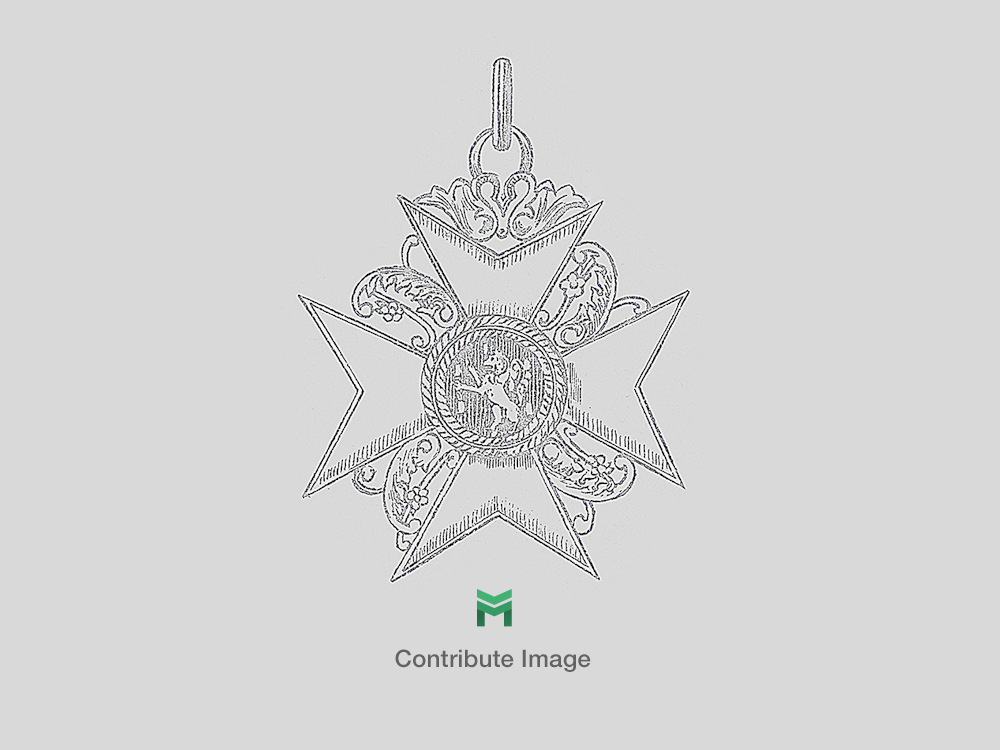Order of St. Anne, Type II (ca.1820-1917), Military Division, I Class Cross in Diamonds
SKU: 01.RUS.0113.200.01
Estimated market value:

Estimated market value:
Attributes
History
The Order of St. Anne was founded in memory of Schleswig-Holstein's wife Anna Petrovna (daughter of Peter the Great). Emperor Paul I established the Order as purely Russian. It was initially awarded for distinguished civil merit, and was expanded as a military award for war service after 1855.
The award was conferred by Duke Frederick of Schleswig-Holstein in memory of his wife Anna Petrovna, and was not considered a Russian award. The Type I Order was awarded only one Colonel, the Col. E.I. Vlastov.
The insignia of St. Anne on the badge and the cross on the star was changed to the Imperial Eagle when awarded to non-Christians.
The reverse features the first letters of the Order's motto, "AMANTIBUS, JUSTITIAM, PIETATEM, FIDEM."
The Order grades which have black enamel instead of red enamel on the arms, are early versions of this Order. They are referred to as "Black Annes" and were a popular version awarded in the late 1800s.
In 1815, Emperor Alexander I added a IV Class Badge to the Order, which was strictly awarded for military merit.
From 1796 to 1828, the I and II Class Badges have versions that are decorated with brilliants. After 1828, I and II Class Badges with brilliants were only awarded to
foreign dignitaries.
In 1828, a bow ribbon was added to the III Class Badge to award men for military acts of valour.
Crowns were added as a version design element to the I and II Classe awards from 1828 to 1874.
In 1844, the Order was made conferrable upon non-Christians. On these awards, the obverse image of St. Anne was replaced with an image of the Imperial Eagle.
The Military Division version of Class I and II were added in 1855, and feature the addition of intersecting swords.
Beginning in 1857, the swords intersecting the III Class military award were moved to surmount the medal.

Versions
N/A
Gold/Enamelled
58mm
A very rare award. The size, metal composition and number/weight/size of diamonds (or paste stones) varies greatly.


Comments
Sign in to comment and reply.


Scroll Top